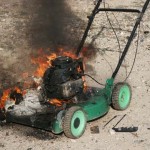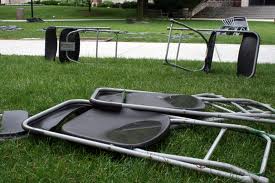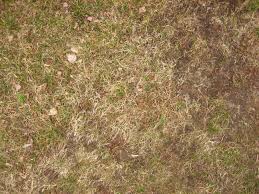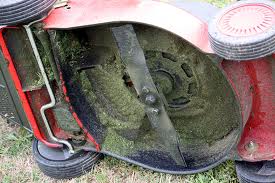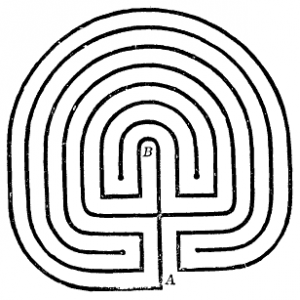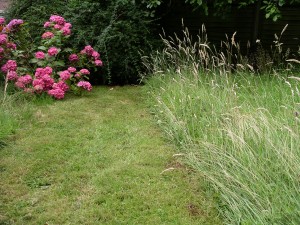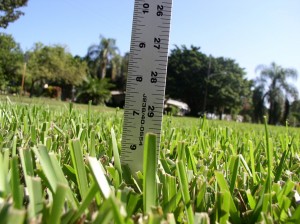You’ve no doubt already gone out and mowed the lawn at least once this season, if not a few times. After such a long and brutal winter, the temptation to go out there and start sprucing up your lawn is too great to resist, but nor should you. Being outside and tending to your lawn is awesome on so many levels: the fresh air is invigorating, it’s a nice change from channel surfing, and you get to have a hands-on role in boosting your home’s curb appeal. But in your rush to start up the lawn mower, it’s important to remember these safety tips from Mower Source so you don’t end up a statistic.
1. Keep Your Lawn Mower in Good Shape
when you get in your car, you want to make sure there are no gaping holes in the flooboard, brakes that are as soft as pudding, or a steering wheel that locks. It’s unsafe, and can cause catastrophic damage. But because your lawn mower is much smaller, it tends to get ignored for basic maintenance.
This is especially true for riding lawn mowers, because the last thing you want to deal with is a machine with hot oil and many moving parts going rogue on you. You don’t have to necessarily perform a full mechanical inspection every time you use it, but make it a point to eyeball the mower for physical damage and really listen to it when it’s turned on.
2. Clear the Lawn Before You Begin
One of the main characters in the movie Crazy in Alabama, Peejoe, gets hit in the eye with a golf ball that the lawn mower spit up (it’s the sixth paragraph in this link). Unfortunately, this type of thing isn’t an isolated incident and people get hit with spit-up objects from their lawn mowers all the time.
While a lawn mower’s sharp blades can cut through things, they can also act as a surface upon which objects can bounce off. And if one of those objects is a stone or something else that’s not easily cut, that can shoot right back at you and put you in the hospital. Are potentially thousands of dollars of medical bills worth saving a few minutes to not check the lawn?
3. Watch the Kids
While you be on top of lawn mower safety, your kids still have to experience the learning curve for themselves, which doesn’t have to be dangerous. Take time to talk to them about the potential dangers of a lawn mower, how they can treat it with respect, and to what degree they can be involved in mowing.
Kids are curious creatures and learn about their world by touch, so encourage that in a safe way. Let them be around the lawn mower when you are and don’t turn it on unless they’re a safe distance away. The great thing about children is they’re like little sponges: they’ll soak up everything you tell them, so make sure it’s good and safe information.
4. Don’t Drink and Mow
You may be thinking what a couple of cold ones has to do with mowing the lawn, but it’s just a better idea to avoid it. Your reflexes slow down, you’re more liable to take chances you wouldn’t when sober, and alcohol has a tendency to make its imbibers feel invincible.
Just about 99.9% of people reading this will never think anything can happen to them, that they’ve lawn mowed enough times to be able to do it in their sleep. But it’s precisely that complacency that can cause injuries, as accidents rarely just “happen”. Accidents — true accidents — are things that happen completely out of control, like a boulder dropping on your windshield when you’re on the freeway. What others think of accidents are lapses in focus, concentration and judgement, and drinking before mowing is one of the quickest routes there.
And besides, doesn’t an ice-cold beer taste much better after the physical part of mowing is over?

